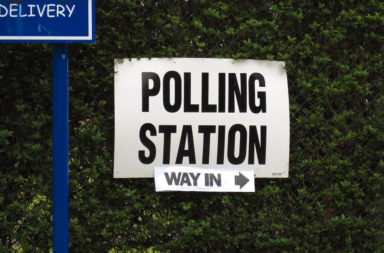The Trump administration has been fraught with controversy since its inception. There has been no shortage of headline grabbing scandals concerning everything from ties to Russia to simple tweets that seemingly throw everyone into a frenzy. However, a topic of real substance remains relatively untouched, the plans for a big tax cut that many Republicans put top of their priority list.
- House and Senate Republicans and the business community are split over the current Republican plan.
- How will repealing Obamacare (ACA) affect the cuts?
- Republicans will need to deal with the ACA first to avoid having to convince Democratic Senators to vote in their favour.
There is an existing Republican plan devised by House Speaker Paul Ryan and Ways and Means Committee Chairman Kevin Brady, but the Senate and House Republicans are split over the nuts and bolts, and so is the business community that the plans are designed to help.
Timeline
Nobody truly knows what the White House’s position is on taxes, or when it will become clear. In the meanwhile the process is bogged down by the difficulty in repealing the Affordable Care Act, also surrounded by clouds of uncertainty.
History suggests that the best time to implement impactful economic legislation is as quickly as possible. In 1981 when Reagan took over the White House he proposed his tax-cut plan on February 15. George W. Bush did it by February 8th of his election year and Obama signed his giant economic stimulus act into law by February 17th. Yet all those dates have sailed past the Trump administration.
“The longer you wait, it lessens the odds of getting something done,” says Stephen Moore, a fellow at the Heritage Foundation who co-wrote a tax plan for the Trump campaign last year.
Three big complications stand in the way
Congressional Republicans claim they are on track to roll out the tax plan by late spring or early summer, but there are certainly some obstacles.
- Resolving Obamacare first
The first order of business that Republicans decided they should take on after taking control of government was the age-old ‘nightmare’ of Obamacare. “Repeal and replace” has been their battle cry for years, but so far they have just succeeded in repealing it. What they replace it with is a much deeper mystery.
Repeal and replace is much more complicated than the slogan might suggest, but handling Obamacare first is vital. It’s necessary to resolve the costs and tax implications of the health plan in order to write a new budget and Republicans know this. Under congressional rules a new budget plan is necessary to provide an umbrella under which a tax overhaul can be passed with a simple majority, thereby avoiding a potentially deadly Democratic filibuster in the Senate.
Essentially meaning that unless the Republicans are willing to try and get 8 Democratic Senators to agree to their tax bill, the change will be held hostage by Obamacare.
- Problems with the existing Ryan/ Brady plan
The current Republican plan’s cornerstone is the so-called ‘border-adjusted tax’, which taxes imports into America but leave exports untaxed. This is designed to both encourage exports but also make the US a corporate tax haven that attracts investors.
In theory, it would also raise an estimated $1 trillion over the next ten years to finance wide ranging cuts in corporate tax rates without blowing up the deficit.
This means that a large divide occurs between American businesses who primarily rely on exports and those who benefit from imports. This creates a political minefield in Congress as Republicans scramble to represent the side that benefits their constituents and lobbyists the most.
“There is no magical way to do real tax reform that doesn’t upset anyone,” says Brendan Buck, a spokesman for Mr. Ryan.
- Uncertainty in the White House
President Trump has said repeatedly that a plan is in the works, but has not provided any further clarity or a timetable.
Will the White House offer a detailed plan or only principles? Will it reform personal taxes as well as corporate? Will it take the deficit into consideration? Will it use tax revenues to pay for infrastructure improvements popular with Democrats?
Any request for clarity from the White House is met with an equivocal statement: “At this time all ideas are still on the table. The President has made it clear that he supports tax reform to simplify the tax code, lower taxes for middle-income families, and lower the business tax rate to make companies more competitive.”
Trump addresses a joint session of Congress February 28th where he is expected to expand on this topic.




